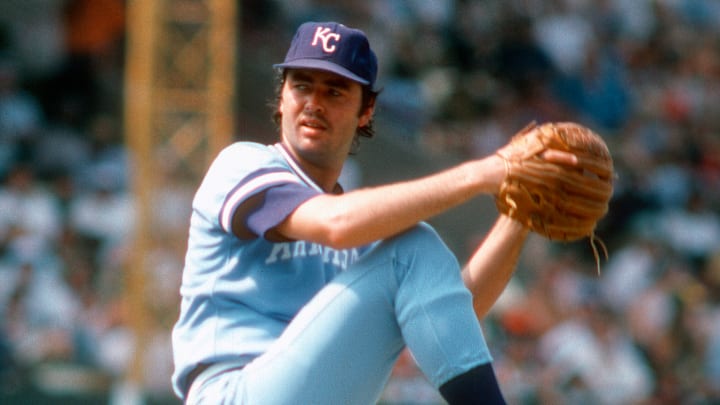The KC Royals' trade history feels lopsided across the franchise's history, due to a bevy of factors. The Royals seem more experienced in trading away productive players than acquiring impactful returns. The story of the Royals, however, takes an interesting turn when we delve into the realm of cash consideration trades. Seasoned baseball fans are well aware of the trade market's ebbs and flows.
How have the KC Royals leveraged cash consideration trades?
A team trades a player for cash considerations, exchanging the player for a specific amount, unlike a standard player-for-player trade where one team trades another player. Instead, in a cash considerations trade, one team is essentially buying a player from another team.
The cash involved in these trades does not count toward the receiving team's salary cap. This means that the team receiving the cash can use it as they see fit, without it affecting their ability to sign other players due to salary cap restrictions.
The Royals historically have a tight payroll compared to many of their MLB counterparts. Since 2000, Kansas City has never had an Opening Day payroll higher than 15th in the league, with most of their pre-World Series payrolls set in the MLB basement. The 2014 and 2015 Royals proved a team doesn't have to outspend the competition; just spend wisely. That is where those cash consideration trades come in handy.
Let's look at six instances of Kansas City prudently purchasing a player from another team and how those players performed in a Royals uniform.
Honorable Mention: José Bautista
Traded by Tampa Bay Devil Rays on June 28, 2004
It is hard to fault Royals fans who missed José Bautista's brief time in Kansas City. Although primarily known for his prolific years with the Toronto Blue Jays, Bautista's brief stint with the Royals added a unique chapter to his storied career.
Bautista was a frequent flyer on the transaction wire during the season; he played 13 games in Kansas City. After making his MLB debut in 2004 with the Baltimore Orioles, he appeared on four other rosters that same season, becoming the first player to achieve that feat.
Kansas City surely was not the only team to miss out on Bautista's peak. From 2010 to 2015, Bautista had the most home runs in the big leagues. He was also a six-time MLB All-Star, winning three Silver Slugger Awards and two Hank Aaron Awards. In addition, he won five AL Player of the Month awards and four AL Player of the Week awards.
The Blue Jays named Bautista the 11th member of their Level of Excellence, alongside other inspirational former Toronto players. The idea that Kansas City once had him on the roster and traded him away for Justin Huber is painful, but interesting, to say the least.
